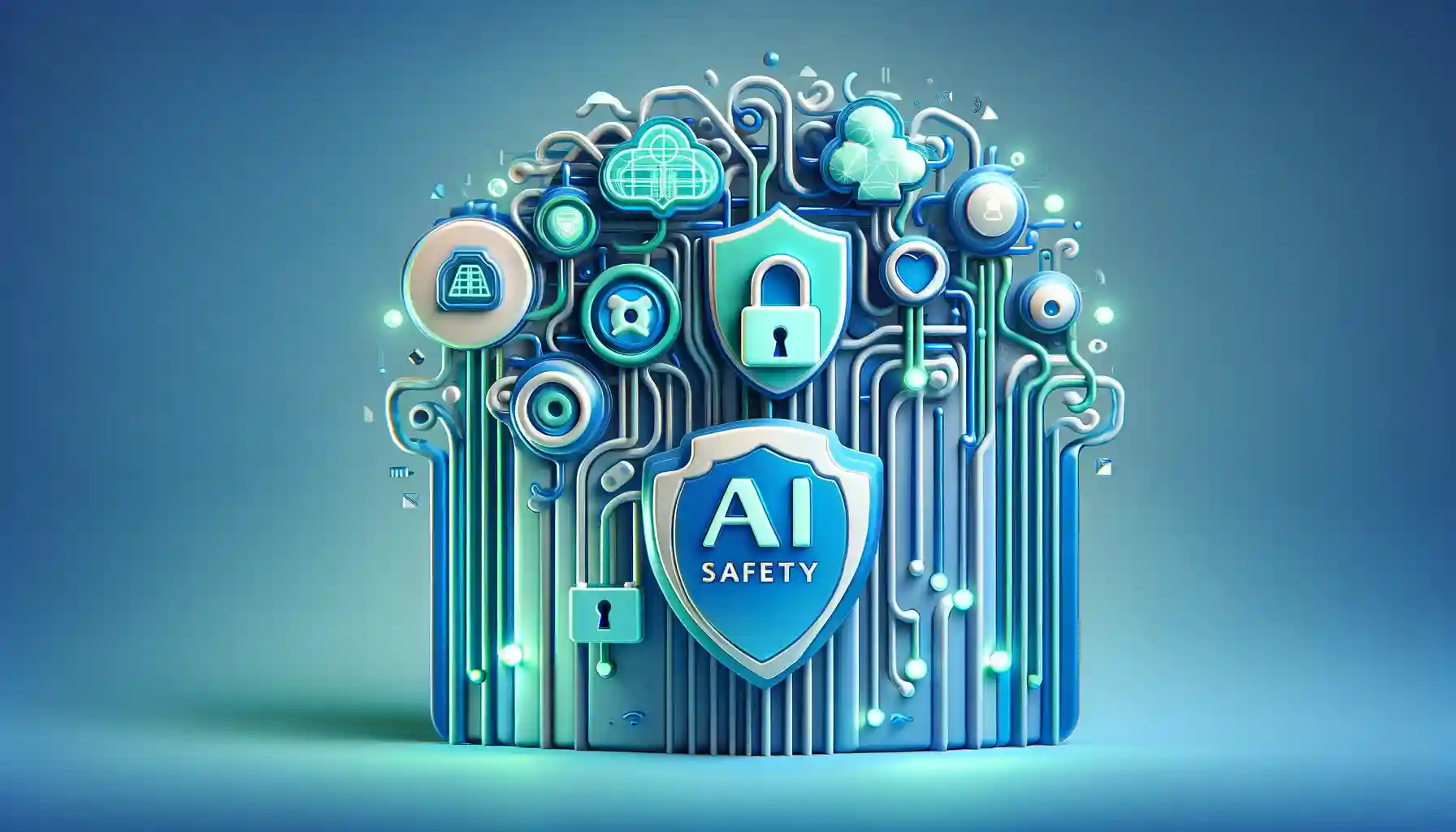AI safety is a field of study concerned with ensuring that artificial intelligence systems are reliable, trustworthy, and operate within desired parameters.
The goal is to prevent unintended consequences and ensure that AI systems do not pose risks to humans or the environment.
AI safety encompasses a variety of considerations, which can be grouped into several categories:
- Robustness: AI systems must be robust, meaning they should perform reliably under a wide range of conditions and be resilient to manipulation and adversarial attacks. This includes the ability to handle “edge cases” or situations that were not explicitly programmed or anticipated during development.
- Assurance: There should be mechanisms to verify and validate AI systems’ behaviors, ensuring they align with human values and intentions. Assurance also involves transparency and explainability, allowing humans to understand AI decision-making processes and outputs.
- Specification: Clear and precise specifications are crucial for AI systems to understand and execute tasks correctly. This involves defining the goals and constraints of AI in a way that minimizes ambiguity and misinterpretation.
- Alignment: AI should be aligned with human values and ethics, ensuring that the outcomes of AI systems contribute positively to human well-being and do not inadvertently cause harm.
- Governance: Effective governance frameworks are needed to oversee the development and deployment of AI, including regulations and policies that address potential risks and societal impacts.
- Privacy and security: AI systems must protect individuals’ privacy and be secure against breaches that could lead to data theft or misuse.
- Bias and fairness: AI safety also involves addressing and mitigating biases in AI systems to ensure fairness and avoid discrimination.
The importance of AI safety is increasing as AI systems become more advanced and integrated into critical aspects of society, such as healthcare, transportation, and law enforcement.
Researchers and practitioners in the field are working on developing technical solutions to these challenges, as well as engaging in strategy research to understand and mitigate broader risks associated with AI (Center for Security and Emerging Technology).
Promoting AI safety is a collaborative effort that involves not only AI developers and researchers but also policymakers, ethicists, and the public.
By considering the potential risks and actively working to mitigate them, the AI community aims to steer the development of AI towards beneficial outcomes for all of society.












